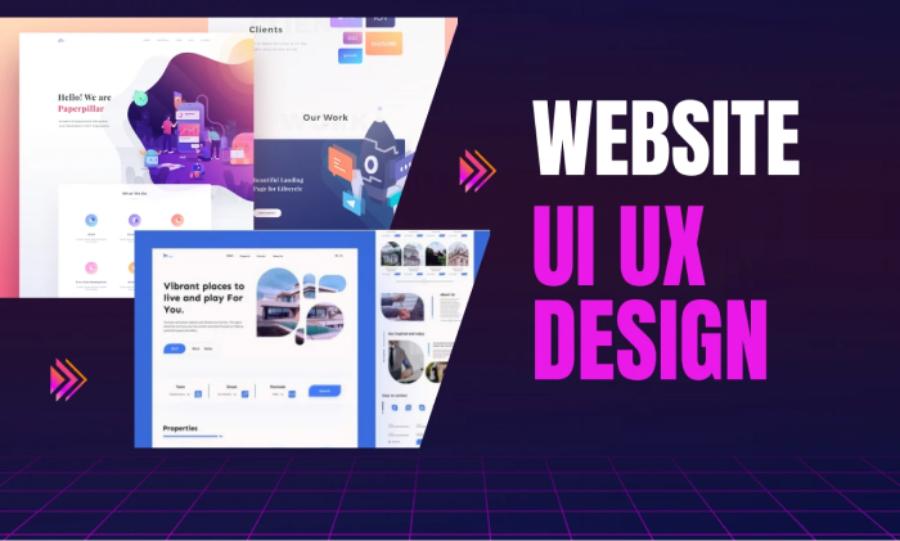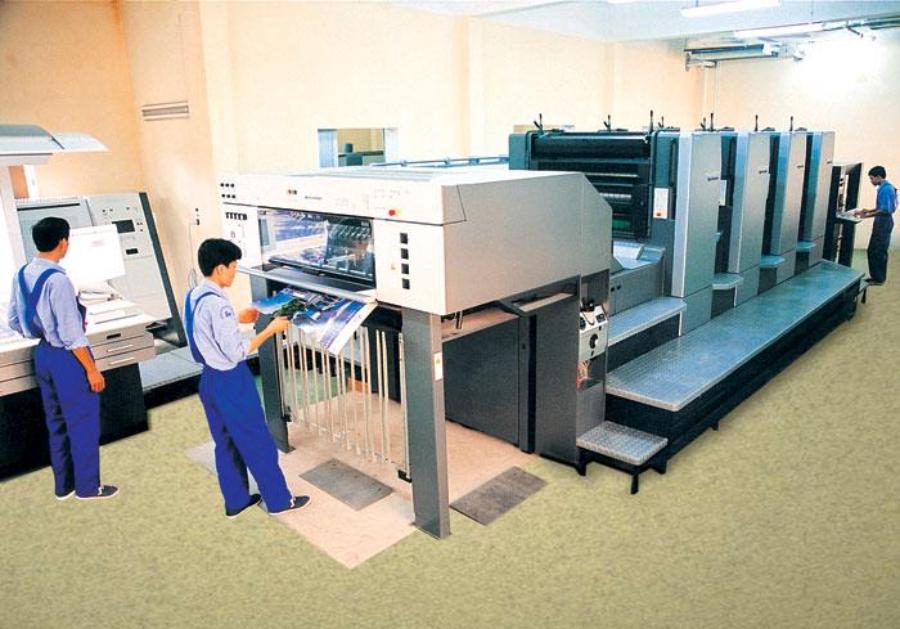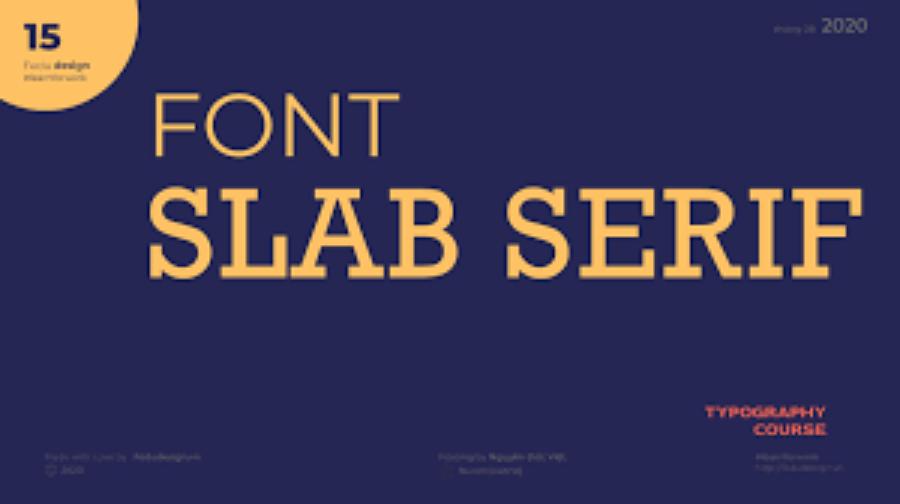Best Selling Products
What is UI/UX standard website design and the benefits of optimization?
Nội dung
- 1. Introduction to UI/UX in website design
- 2. Why is UI/UX important in website design?
- 2.1 Improve user experience
- 2.2 Increase conversion rate
- 2.3 Reduce bounce rate
- 2.4 Increase page loading speed
- 2.5 Increase customer loyalty
- 2.6 Increase competitiveness in the market
- 3. How to optimize UI/UX for website
- 3.1 Build an intuitive, easy-to-use interface
- 3.2 Ensure compatibility with devices
- 3.3 Optimize page loading speed
- 3.5 Long-term cost savings
- 4. Conclusion
A website with standard UI/UX not only enhances user experience but also contributes to increasing conversion rates and improving website performance. Let's find out why UI/UX optimization is an important factor in web design today.

1. Introduction to UI/UX in website design
When it comes to website design, the two terms UI (User Interface) and UX (User Experience) are often mentioned. However, not everyone clearly understands the difference and their role in the web design process. To have a quality website, designers need to pay attention to both of these factors, because they not only affect the aesthetics but also determine the user's interaction with the website.
.jpg)
UI (User Interface) is the user interface, which is everything that users can see and interact with when accessing a website, including colors, layout, images, buttons, and other graphic elements.
UX (User Experience) is the user experience, related to the feeling and ease when users interact with the website. A good user experience helps visitors easily find information and perform the actions they want without any difficulty.
A website designed with standard UI/UX will help maximize user satisfaction, minimize bounce rate and increase conversion rate.
2. Why is UI/UX important in website design?
A well-designed website should not only look good, but also provide a good user experience (UX) and a friendly user interface (UI).
2.1 Improve user experience
User experience (UX) is the core factor that determines the level of customer satisfaction when visiting a website. A website with a good UX will help users easily find the information they need, perform operations quickly and without encountering any obstacles. This not only keeps users longer but also increases the likelihood that they will return in the future.
When a website is designed with standard UI/UX, users will easily access and interact with the features on the page. An easy-to-use, intuitive and easy-to-understand interface helps users not encounter any barriers during use, thereby creating a positive experience. On the contrary, a website with an unoptimized UI/UX will make users feel uncomfortable, leading to them leaving the page quickly.
2.2 Increase conversion rate
A website with optimized UI/UX not only attracts users but also motivates them to take specific actions such as making a purchase, signing up for a service or leaving contact information. For example, a well-placed and attractively designed call-to-action (CTA) button will increase the likelihood of users clicking on it. Similarly, a simple and clear purchase process will reduce cart abandonment rates.
.jpg)
Conversions are not just sales, they can also be actions like signing up for an email, downloading a document, or filling out a contact form. UI/UX optimization makes buttons, forms, and other interaction points easier and more intuitive, increasing the likelihood that users will take the desired action. Small design improvements can make a big difference in conversion rates.
2.3 Reduce bounce rate
Bounce rate is an important indicator in evaluating website quality. A website with optimized UI/UX will make users feel comfortable, easily find the information they need, thereby reducing the bounce rate. On the other hand, a website with a difficult-to-use, unclear interface will make users feel confused and leave immediately.
2.4 Increase page loading speed
One factor that cannot be ignored when talking about UI/UX is page loading speed. Users do not want to wait for a long time for a website to load. A good UI/UX design will help optimize the elements that affect page loading speed, such as images, videos, and other components on the website. Fast page loading speed not only improves user experience but also positively affects SEO rankings.
2.5 Increase customer loyalty
.jpg)
A website that is easy to use and provides a good experience will keep users coming back again and again. When the user experience is optimized, customers will feel more satisfied and tend to be loyal to the brand. This not only helps sustainable growth but also creates a community of customers who support the brand for the long term.
2.6 Increase competitiveness in the market
In a highly competitive business environment, a website with a good UI/UX will help your business stand out from the competition. Users tend to prefer websites that provide a better experience. If customers feel comfortable using your website, they will be more likely to choose your products or services over your competitors.
3. How to optimize UI/UX for website
UI/UX is not just a "decorative" element but an indispensable part of modern website design. A website with good UI/UX not only helps businesses build a professional image but also creates real value for customers. The specific ways to optimize UI/UX for a website are as follows:
3.1 Build an intuitive, easy-to-use interface
Your website is the face of your business online. A quality UI/UX design not only shows professionalism but also builds trust with your customers. If your website looks outdated or difficult to use, users may doubt the quality of the products or services you provide.
UI (user interface) plays an important role in attracting and retaining users. An interface that is beautiful and easy to understand will help users not spend much time searching for information. Elements such as color, font, layout and images need to be carefully selected to ensure harmony and ease of viewing.
.jpg)
Reasonable layout : The website structure must be easy for users to navigate. Information must be distributed reasonably and clearly.
Interactive feedback : Buttons and links need to respond immediately when the user performs an action.
Use high quality images : Images need to be clear and relevant to the content, without overloading the website aesthetically.
3.2 Ensure compatibility with devices
UI/UX not only affects the user experience, but also has a big impact on the SEO performance of the website. Factors such as fast page load times, clear content structure, and easy navigation all contribute to improving search rankings on Google. When users stay longer on the website and interact more, the bounce rate decreases, thereby helping your website to be ranked higher by search engines.
Websites need to work smoothly on all devices, from desktops to mobile phones and tablets. Responsive web design is an important factor that helps ensure that the website displays properly on all screen sizes, without losing aesthetics and user experience.
3.3 Optimize page loading speed
Page load speed directly affects user experience. A slow website can cause users to leave immediately. Speed optimization measures include:
Reduce image size : Use optimal image formats and file compression to reduce download size.
Use caching : Temporarily store resources to speed up page reloads.
Optimize source code : Clean and minify HTML, CSS, JavaScript code to reduce browser load.
3.4 Ensuring availability and accessibility
Website usability is an essential element of UI/UX design. Websites need to be accessible and easy to use for all users, including people with disabilities. Some important elements of usability design include:
Appropriate font size : Fonts should be large enough to be easily read by users, especially on mobile devices.
Provide alt text for images : Make sure all images have descriptive text (alt text) to assist visually impaired users.
Ensure easy navigation : Menus and navigation buttons should be clear and easy to use.
3.5 Long-term cost savings
Investing in UI/UX from the start will save your business money in the long run. A good design will reduce the need for future website revisions or redesigns. Furthermore, when customers are satisfied with their experience on the website, your business will also save money on customer retention or dealing with negative feedback.
Figma Pro Account Cheap License
4. Conclusion
Optimizing UI/UX is not just a design trend but has become a mandatory factor in developing modern websites. A website with a standard UI/UX design will bring many benefits, from improving user experience, increasing conversion rates, reducing bounce rates to increasing page loading speed and improving SEO rankings. Therefore, focusing on UI/UX not only helps the website operate effectively but also contributes to building a strong, sustainable brand.












































